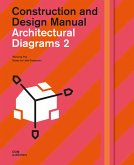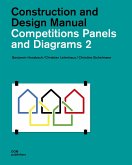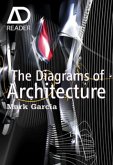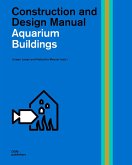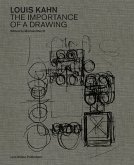After its golden age in the last decades of the 20th century, diagramming is still an experimental practice today, but it focuses on the synthesis of complexity and on new disciplinary territories on the edge between humanities, art, architecture, urban planning and landscape. This manual presents experimental diagrams through sensing, analysing and transforming space. The contributions critically delineate diagrammatic behaviours in architectural history, present the design practices of offices such as AZPML and MVRDV, take the medium to its extreme consequences, and outline future trajectories.
Bitte wählen Sie Ihr Anliegen aus.
Rechnungen
Retourenschein anfordern
Bestellstatus
Storno








